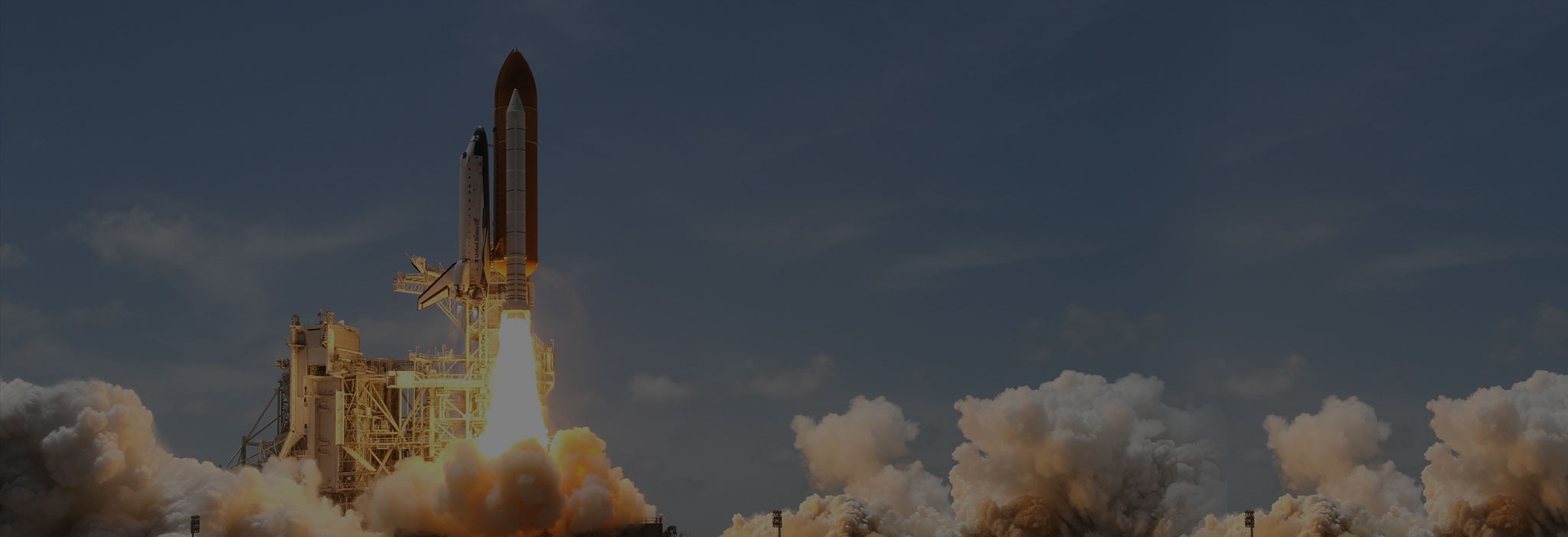Maybe you forgot about your marketing campaign and the launch deadline is tomorrow. Maybe it’s the end of the month and you just realised that you won’t be reaching your targets. Maybe ‘Friendship day’ is coming up and you often decided to do a last minute campaign. Whatever the reason is, we find ourselves in situations where we have to quickly put together an effective campaign.
Having done that a couple of times myself, here are some tips on getting various components of the campaign ready, quickly and effectively:
1. How to asses, research and create content for the campaign quickly
Estimated time : 3 – 4 hrs
It is important to figure out various factors such as content trends, what your competitors are doing, what your audience is expecting etc., before diving into the campaign. This is what we famously refer to as market research.
Researching, assessing, and getting your content ready is the first step. You have to cater most of the available time to research. The more time you spend on research, the higher your chances of success will be.
Here are some tips that can help:
- If you are already doing content marketing, chances are you will have a lot of backup content. Check to see if any of that content is relevant.
- If you don’t have any backup content you can use, see if you can repurpose, since it’s faster than creating completely new pieces.
- To research content trends, use tools such as Buzzsumo. Figure out which keywords have high volumes of searches.
- Also, evaluate what stage of the buyer’s journey your customers are in and what content is relevant for each stage.
Remember that when you are working with limited time at hand, don’t emphasize too much on getting the perfect content, it just has to be good enough. What can come to your rescue at times like these is having good marketing documentation. Along with a number of other advantages, efficient documentation allows you track your content and enable quick access in times of emergency.
2. How to create a landing page, thank you page, and a follow-up email
Estimated Time : 1 hr
The first most important detail in the setup of your campaign is the landing page. Anyone who wants to register, subscribe, or download must first land on the site. Unbounce is a wonderful tool that can help you create effective landing pages in very little time.
Usually, your landing page should consist of a catchy headline, some descriptive content explaining the process, a few visually-appealing images, and most importantly, a lead capture form such as a sign-up box. For a quick landing page, this is the basic structure you need to develop.
One important thing to remember is to keep the signup form as simple as possible. The more details you ask of a customer in the form, the higher the chances are that they will bail.
Also, when drafting the explanatory content on the page, keep it simple. Bullet points are recommended, as they make it clear and simple-to-understand for your readers.
After a user signs up, the first thing you need to do is to take them to a ‘Thank you’ page. Again, keep the content of the page very simple – just express your gratitude for their interest. Another thing you can do on this page is provide a few links to additional content which can help users learn more about your products or services.
After doing the above, compose a follow-up Thank You email. In this email, you can suggest some additional resources that your customer might find helpful and ask for additional information you couldn’t get via the signup form. This is a very simple task and won’t take more than 10 minutes of your time, especially if you use a tool like Mailchimp.
3. How to create promotional images and content for your campaign
Estimated Time : 2 hr
Creating awesome visuals for your campaign is another important task. Don’t have them ready yet? That’s alright, you create them in no time at all.
For example, if you want to design a cover for your ebook, don’t go for complex designs. Instead, design a simple cover with a relevant image and overlay the title of the book. Adobe Illustrator or Canva are both excellent tools for this purpose. In fact, most of Hiver’s ebook covers and campaign covers were designed in less than 15 mins using Canva.
To keep things simple, you can design one flat image and use it as the backdrop for your landing page, cover for your ebook, image for your article, etc. One good image is all you really need to get the campaign running.
4. How to launch a social media campaign in a jiffy
Estimated Time : 0.5 hr
Take this as a general rule – you should always announce your new content on the “big three” social networks: Facebook, Twitter, and LinkedIn. However, this will vary depending on your particular circumstances.
Gather all the content you created for this campaign: Explanatory content on the landing page mentioned in point 2, Visuals mentioned in point 3, Backup/repurposed content mentioned in point 1, etc.
Simply re-use all this content for your social media posts. You can use the visuals with the written content to create Facebook/LinkedIn posts and you can promote these posts on your Twitter page.
Remember that for social media campaigns, visuals are very important; social posts that include visuals get 94% more views than posts without visuals.
With so many social media platforms available, how can you make time for each one? It’s simple, you don’t. You have to cut out the platforms that don’t serve much purpose – prioritizing is key. Identify 4-5 platforms on which your target audience are active and focus on them to optimize your time spent.
5. How to quickly craft a launch post and launch email for the campaign?
Estimated Time: 1 hr
A launch post is nothing but a blog post that introduces visitors to your campaign. Launch posts should be succinct, catchy and short. They should serve as the hook to reel in your audience.
Here are some tips:
- Use the same points you used on your landing page for the content, but make it very crisp and catchy, as if it were an advertisement.
- Make it fun to read by adding a touch of humor and sass.
- Use visuals. You can always use the promotional visuals you created before.
- Oh and don’t forget to include a link to your landing page.
Now, the launch email is exclusively for your blog subscribers. Your launch email needs to introduce your new content to them. For emails, if you think a particular segment of your contact list will not be very interested in the campaign, save time by avoiding them. Target only the quality subscribers for emergency campaign promotions.
Make your launch email short and precise, add visuals and add a CTA that directs them to the landing page. Remember, just like your launch post, your email should be very catchy.
Final thoughts
You need to understand that emergency campaigns such as this are not necessarily going to be perfect. All the points we covered above are just the bare minimum needed for a campaign to stand on it’s own.
Perfection is not the key here, you just have to make sure that it functions. If you wait for perfection before launching, you will probably miss out on a huge opportunity to generate leads and sales early on. Besides, you can always adjust your campaign further down the road as you see fit, slowly but surely optimizing the entire process.
So when you’re strapped for time, remember that all you need is a solid marketing MVP.




